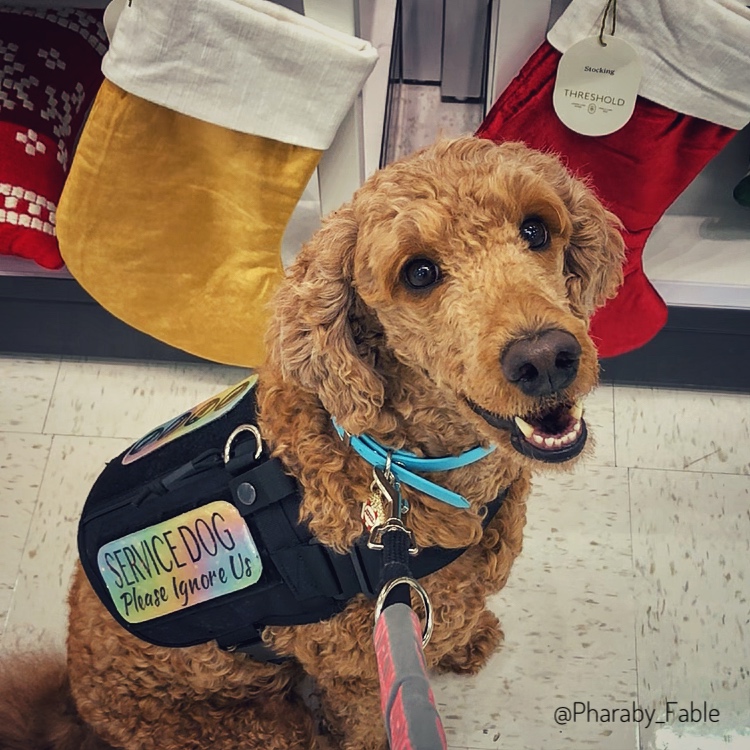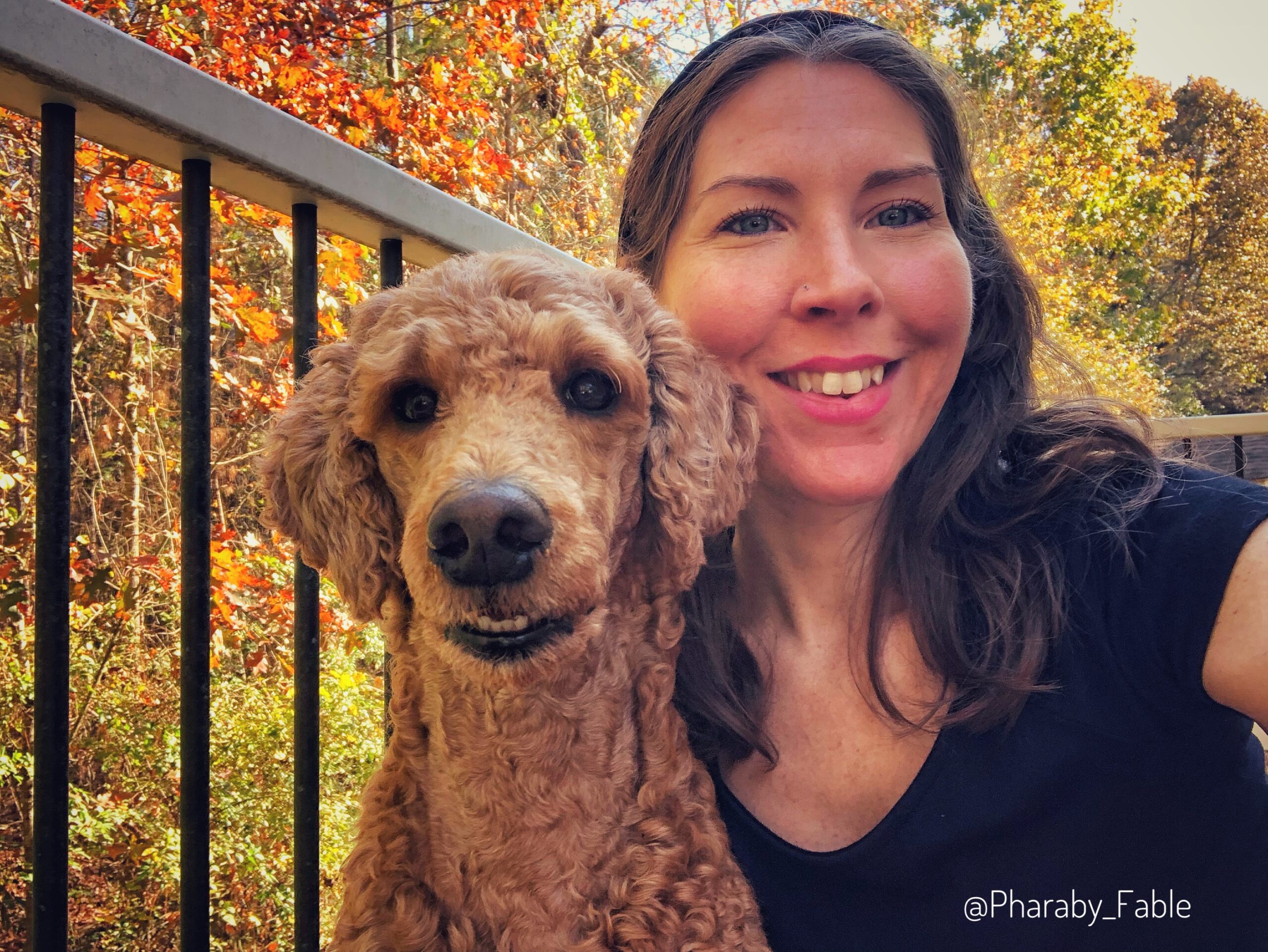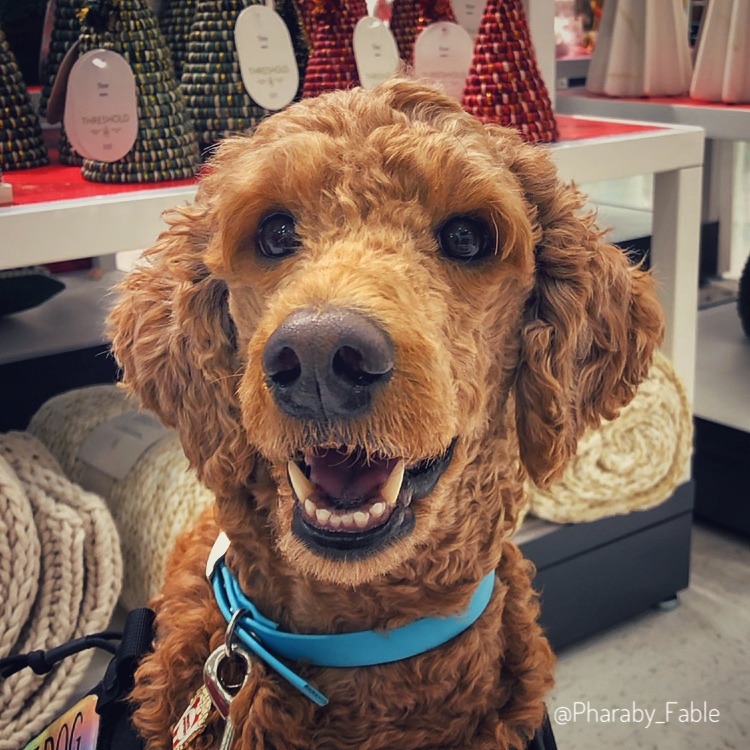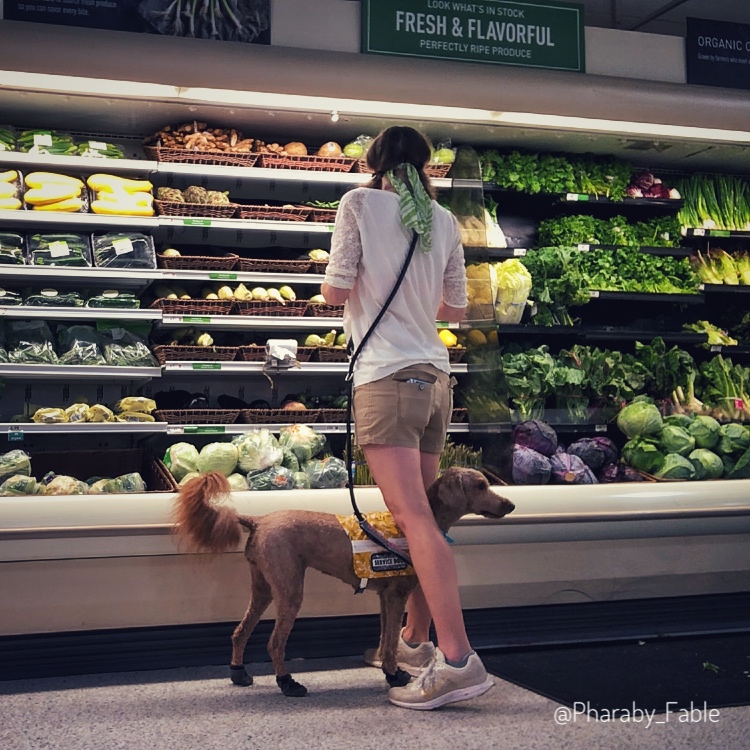It's crucial to spot and avoid misguided advice when it comes to training our pups. Trustworthy guidance revolves around positive reinforcement, patience, and understanding your dog's needs. Here are some points to consider:
Look for Positive Reinforcement:
Effective training focuses on rewarding good behavior rather than punishing bad behavior. Methods involving fear or prolonged isolation, like excessive crate time, aren't constructive
Avoid Extreme Measures:
Any suggestion advocating excessively long crate confinement or isolation as a training method should raise a red flag. Dogs need regular bathroom breaks and social interaction.
Understanding Your Dog:
Every dog is unique. What works for one may not work for another. Recognize your dog's temperament, age, and individual needs when choosing a training method.
Trust Your Instincts: If something feels wrong or too harsh for a toddler, it’s too harsh for a dog. Trust your instincts and prioritize your dog's well-being.
Remember, training should strengthen the bond between you and your dog, fostering trust and communication. Avoid methods that jeopardize your dogss mental and physical health.



Understanding Boundaries: Toddler vs. Dog
Our instincts as caregivers often guide us when it comes to nurturing and protecting both our children and our pets. When teaching, it's essential to consider the similarities in emotional and developmental needs between toddlers and dogs.
1. Sensitivity to Environment
Toddlers: A toddler's environment significantly impacts their emotional and mental development. Harsh or negative environments can adversely affect their growth and behavior.
Dogs: Similarly, dogs are highly sensitive to their surroundings. Training methods that create stress or fear can lead to anxiety or behavioral issues, impacting their well-being.
2. Communication and Understanding
Toddlers: Effective communication with a toddler involves patience, positive reinforcement, and understanding. Harsh discipline can hinder trust and cause emotional distress.
Dogs: Dogs also thrive on positive reinforcement and clear communication. Methods that instill fear or involve excessive force can damage the trust between you and your dog, hindering the training process.
3. Establishing Trust
Toddlers: Building trust is vital for a toddler's emotional security. Creating a safe and nurturing environment fosters a strong bond and healthy development.
Dogs: Trust forms the foundation of a healthy relationship with your dog. Training methods that prioritize trust and positive experiences create a stronger connection between you and your pet.
4. Recognizing Limits
Toddlers: We instinctively avoid actions or behaviors that might physically or emotionally harm a toddler. We aim to create an environment that nurtures growth and happiness.
Dogs: Similarly, understanding a dog's limits is crucial. Training methods that exceed these limits, causing physical discomfort or emotional distress, can negatively impact their well-being.
Conclusion
Just as we'd never want to cause harm or distress to a toddler, the same empathy, understanding, and gentle guidance should be extended to our furry companions. Trust your instincts as a caregiver; if a training method feels overly harsh or unsuitable for a child, it's likely inappropriate for a dog. Prioritize your dog's well-being by choosing training techniques that foster a positive and loving relationship.



Training Your Own Service Dog
Training your own service dog can be an immensely rewarding journey that fosters a profound bond between the two of you. As someone who's walked this path, I understand the significance of this journey and the value of trustworthy guidance.
My Journey and Creating Training Resources
Driven by a deep desire to ensure my dog's well-being and happiness, I embarked on the journey of training my service dog myself. It was a decision rooted in a commitment to her safety & wellbeing, while providing the best care for her & empower myself as a dog guardian.
Why DIY Training Can Be Empowering
Tailored Approach: Recognizing that no one understands my dog better than I do, I developed a personalized training regimen tailored to her specific personality traits, preferences, and needs. I'm here to guide you in doing the same for your SDiT.
Building Trust: Training sessions became opportunities for connection, reinforcing trust and communication between us. I prioritized positive reinforcement and understanding, nurturing a deeper bond beyond just teaching skills.
Available Training Resources in My Shop
In my commitment to empower fellow dog guardians, I've crafted valuable resources:
PTSD Service Dog Task Training Book: A comprehensive guide outlining effective training methods tailored for service dog tasks related to PTSD.
Service Dog Training Planner/Guidebook: A meticulously designed planner and guide to assist in organizing and implementing a structured training program for your service dog.
Training your own service dog isn't just about imparting skills; it's about nurturing a profound understanding and companionship. Through patience, dedication, and a personalized approach, you can guide your service dog to flourish and shine.



